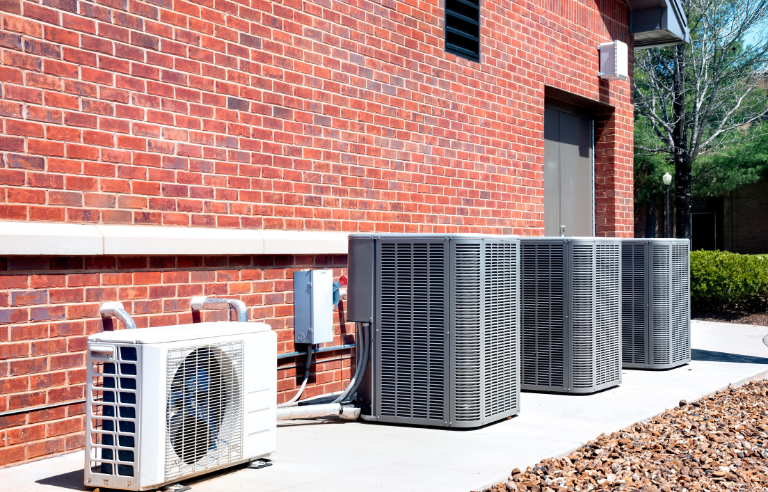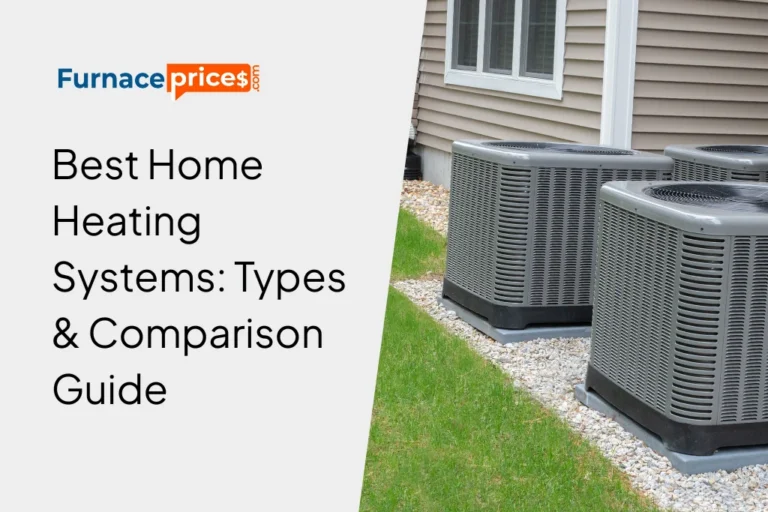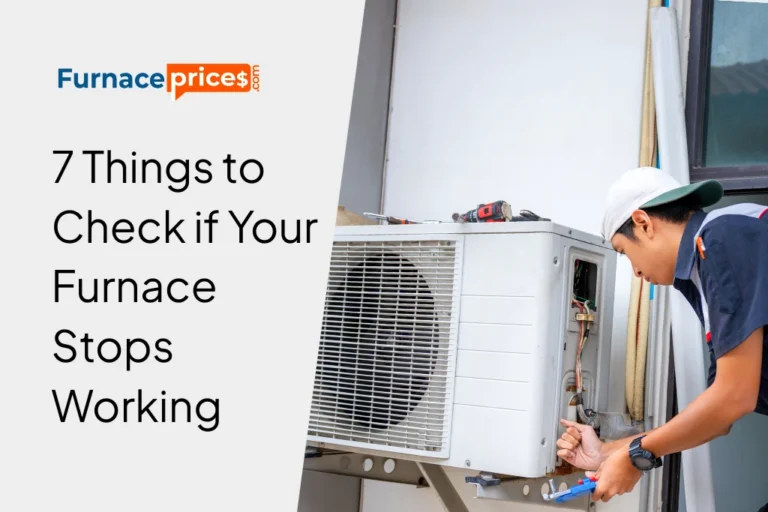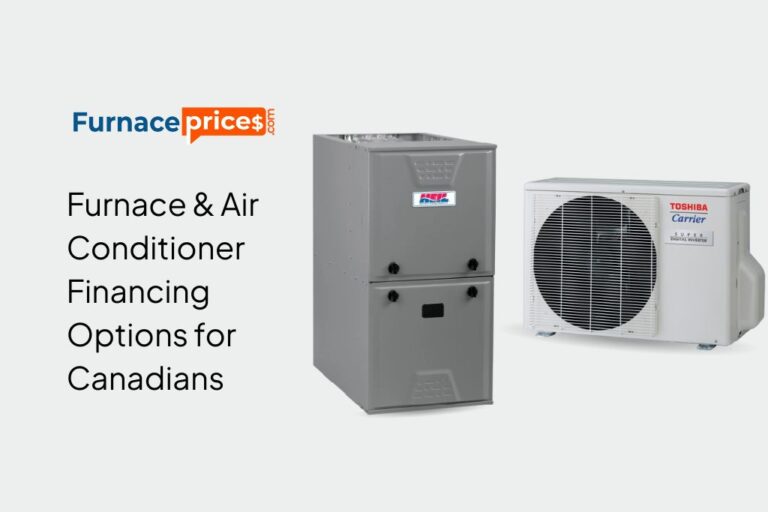The Advancement of High-Efficiency Furnaces

Introduction
The HVAC industry continuously evolves as new technologies and innovations emerge, leading to the development of high-efficiency furnaces that provide better heating performance while minimizing energy consumption. This evolution has not only improved comfort in homes but has also contributed significantly to energy savings and environmental sustainability. This article explores the advancements in high-efficiency furnaces, their benefits, technologies, and what the future holds.
Understanding High-Efficiency Furnaces
High-efficiency furnaces are designed to convert the maximum possible energy from fuel into usable heat for warming a home. They achieve this through improved designs, components, and technologies that minimize waste and optimize performance.
AFUE Rating
The efficiency of furnaces is commonly measured by the Annual Fuel Utilization Efficiency (AFUE) rating. High-efficiency furnaces typically have an AFUE rating of 90% or higher, meaning they convert at least 90% of the fuel used into heat. In contrast, traditional furnaces usually operate at an AFUE rating of around 80% or lower. Advancements in materials and technology have allowed manufacturers to produce furnaces with AFUE ratings exceeding 98%, demonstrating remarkable efficiency in energy use.
Evolution of Furnace Technology
The development of high-efficiency furnaces has undergone several significant advancements, enhancing both performance and environmental impact. Here are some key technological developments:
1. Condensing Technology
One of the most important advancements in high-efficiency furnaces is condensing technology. Traditional furnaces vent exhaust gases out of the home, losing valuable heat in the process. Condensing furnaces, however, utilize a secondary heat exchanger that captures and utilizes the heat from exhaust gases. This process allows the furnace to extract heat from combustion gases, effectively increasing the overall efficiency.
As a result, condensing furnaces can achieve AFUE ratings above 90%. The captured heat is used to warm incoming air before it enters the home, significantly reducing energy loss and increasing efficiency. The invention of this technology is a critical milestone in the industry, paving the way for even greater advancements.
2. Variable Speed Blowers and Motors
Variable speed blowers are another technological advancement that has enhanced the efficiency of modern furnaces. Traditional blowers operate at a single speed, which can lead to quick temperature fluctuations and inefficient heating processes. In contrast, variable-speed blowers can adjust their speed based on the heating demand in the home. This means they can operate more quietly and efficiently, providing a consistent temperature and enhancing comfort.
Moreover, variable speed motors consume less electricity than their single-speed counterparts, further improving the overall energy efficiency of heating systems. As a result, home heating costs can be significantly reduced, and energy consumption is minimized.
3. Smart Technology Integration
The integration of smart technology into high-efficiency furnaces represents a significant leap forward. Many modern furnaces are compatible with smart thermostats, allowing homeowners to monitor and control their heating systems remotely. Features such as scheduling, temperature control, and alerts for maintenance can be accessed via smartphone apps.
These smart systems learn the homeowner’s habits and adjust heating accordingly, optimizing energy use and preventing waste. For example, the furnace can lower the temperature when the house is empty and ramp up heating just before the occupants return, conserving energy without sacrificing comfort.
4. Enhanced Materials and Design
The materials and design of high-efficiency furnaces have also evolved significantly. Advanced insulation materials reduce heat loss, while improved construction techniques increase the durability and longevity of furnaces. These materials can withstand higher temperatures and corrosive elements, thus enhancing the furnace’s reliability and operational lifespan.
Additionally, more compact designs allow for flexible installation options, enabling homeowners to place systems in previously difficult or unconventional areas. This flexibility is particularly advantageous in homes with limited space.
Benefits of High-Efficiency Furnaces
The advancements in high-efficiency furnace technology offer numerous benefits to homeowners:
1. Lower Energy Bills
With higher AFUE ratings and advanced technologies, high-efficiency furnaces consume less fuel or electricity to heat the home effectively. This reduced energy consumption translates to lower utility bills, allowing homeowners to save money over the long term.
2. Environmental Impact
High-efficiency furnaces contribute to more sustainable living by reducing greenhouse gas emissions and the overall carbon footprint. Utilizing less fuel means that less combustion occurs, which helps mitigate environmental impacts associated with traditional heating systems. Energy savings, when compounded at a national level, can lead to substantial reductions in reliance on fossil fuels.
3. Increased Comfort
High-efficiency furnaces maintain more consistent indoor temperatures through superior control mechanisms, including variable-speed blowers and smart technology integration. Homeowners experience minimized temperature fluctuations and enhanced comfort levels, promoting a better living environment.
4. Quiet Operation
Many advancements, such as variable-speed blowers, contribute to quieter operation of heating systems. High-efficiency furnaces often operate more quietly than traditional models, allowing for peaceful indoor environments even when the heating system is running.
5. Improved Home Value
Investing in high-efficiency furnaces can enhance a home’s market value. Potential buyers are increasingly looking for energy-efficient homes, and having a modern, efficient heating system can be a strong selling point. An energy-efficient home is not only attractive for its lower utility costs but also for its reduced environmental impact.
The Future of High-Efficiency Furnaces
As technology continues to advance, the future of high-efficiency furnaces looks promising. Here are some key trends and innovations expected to shape the industry:
1. Integration with Renewable Energy Sources
The growing emphasis on renewable energy sources offers a new realm of possibilities for high-efficiency furnaces. Future systems may incorporate hybrid technologies that work in tandem with solar panels or wind turbines. This approach can maximize energy savings and reduce dependency on non-renewable energy sources, leading to even lower operating costs.
2. Advanced Sensors and AI
The integration of artificial intelligence (AI) and advanced sensors in high-efficiency furnaces will likely enhance their functionality. These systems will be able to monitor indoor air quality, detect leaks or failures, and provide real-time feedback to users. This technology can enable proactive maintenance, identifying issues before they become significant problems, thus preventing unexpected breakdowns and repairs.
3. Increased Focus on Zero-Emission Technologies
With global warming concerns and regulations tightening, the HVAC industry is leaning towards zero-emission heating technologies. This could include electric heat pumps and other heating solutions that do not rely on fossil fuels. Manufacturers may create systems that adhere to stringent emissions standards, ensuring that furnaces contribute minimally to environmental pollution.
4. Enhanced Smart Controls
As smart home technology advances, we can expect to see more sophisticated control systems for high-efficiency furnaces. Future systems might seamlessly integrate with entire home automation setups, allowing homeowners to manage heating alongside other systems such as lighting and security for optimal energy use and comfort.
5. Improved Accessibility and Affordability
Advancements in manufacturing and technology often lead to decreased costs over time. As high-efficiency furnaces become more accessible, homeowners of varying economic backgrounds will have the opportunity to invest in these technologies, further driving energy efficiency metrics across the board. Utilities and government programs may also offer incentives and rebates to stimulate the adoption of efficient heating solutions.
Conclusion
The evolution of high-efficiency furnaces represents a significant advancement in the HVAC industry, driving improved energy efficiency, environmental sustainability, and user comfort. From the introduction of condensing technology to the integration of smart systems, these innovations have reshaped how we heat our homes.
As we look to the future, continued innovations promising to make heating systems more effective and eco-friendly will play a crucial role in reducing our overall carbon footprint and energy costs. Homeowners are increasingly looking for these advanced systems, not only to enhance comfort but also to embrace a more sustainable way of living. With the ongoing advancements in high-efficiency furnace technology, we can anticipate a warm, comfortable, and energy-efficient future.
👉 For expert advice or assistance, contact us at FurnacePrices.com.
Upgrading to a high-efficiency furnace can lower your heating bills and reduce energy waste. For more details on how these systems work and their benefits, visit the U.S. Department of Energy’s heating guide.







